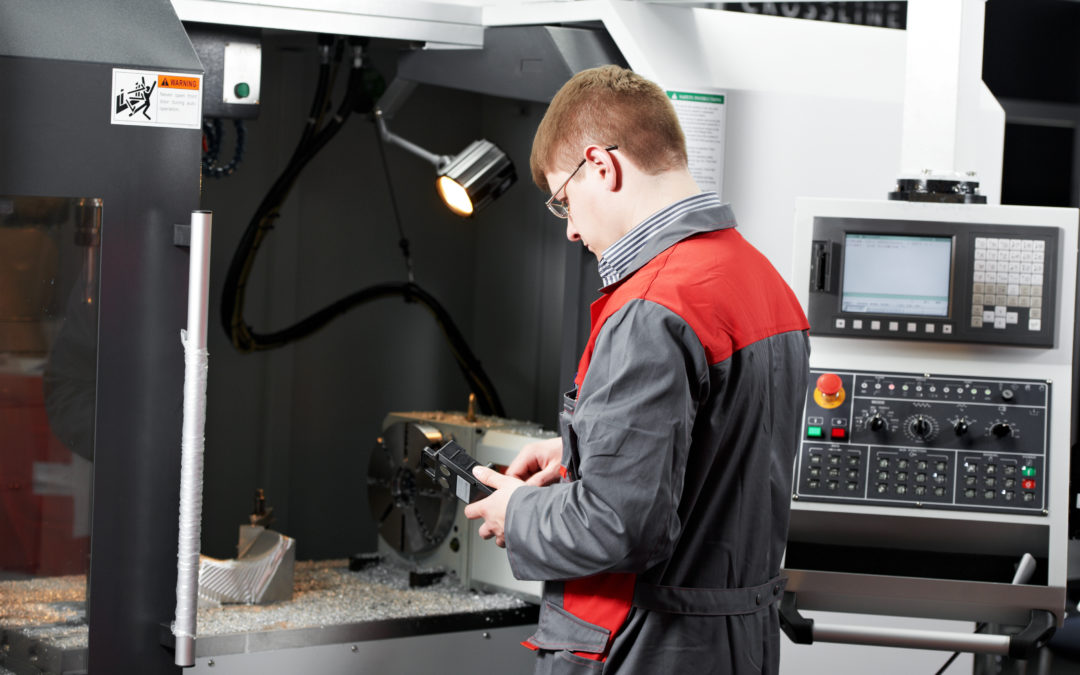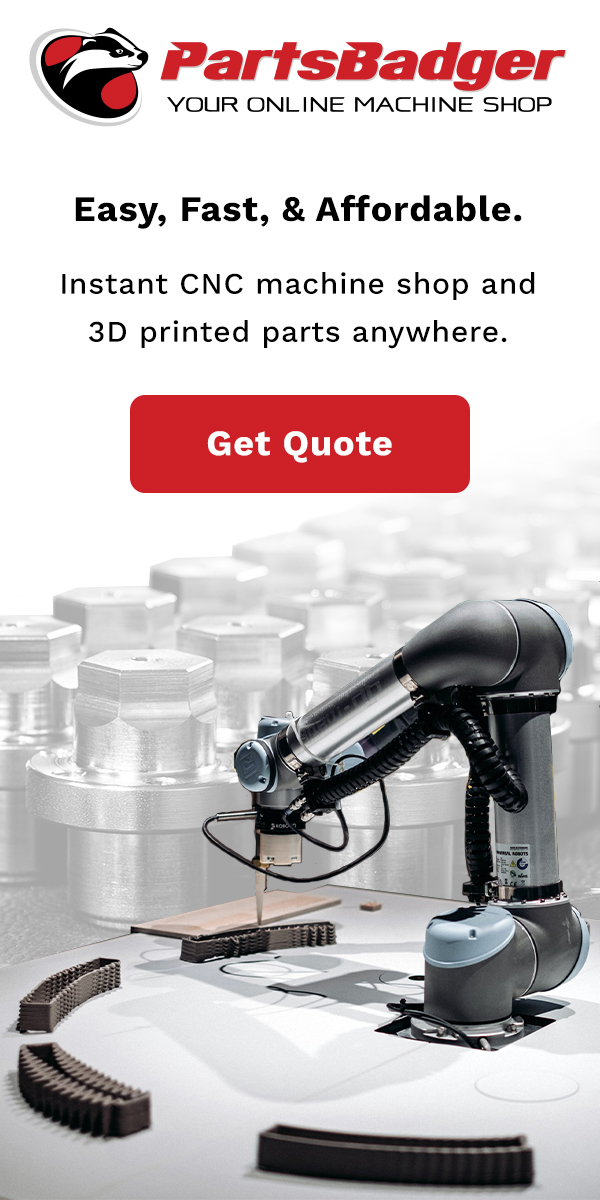What’s the Difference Between CNC Milling and Milling?
CNC milling and milling are two very similar processes that can create identical products, but they each have their own strengths and weaknesses depending on the task at hand. For example, in many cases CNC milling can save time and money over traditional milling. While some tasks may suit better for the craftsmanship of manual milling tools. But what exactly do these two processes entail? And how can you tell them apart? Let’s take a look at some of the most notable differences between the two!
What is CNC Milling?
While you might see engineers use CNC milling in similar context to milling, they’re actually two different operations that rely on two very different tools. If you’re wondering what CNC milling is, here’s what you need to know: it has nothing to do with handheld routers! Instead, it’s a cutting operation that relies on computer-controlled machinery with a rotating cutting tool at its core.
Engineers use CNC milling for everything from manufacturing prototypes to creating models or mockups to making parts for final production. The machinists can also use these mills on small, intricate parts that are too expensive, time-consuming or impossible to make by hand. When you use computer control in your manufacturing process, you get incredibly accurate results and repeatability when making multiple units, leading to a big boost in quality control—not to mention a huge cost savings compared with human labor.
How Does it Work
A subtractive process works by cutting away at a material until you have what you want. The first step is to design your object. This can be done either in 2D with an application like AutoCAD or on a 3D modeler, like SketchUp or SolidWorks. It will then need to be converted into a CAM file that you can use to guide your cutter.
Once your object is designed, you’ll need to get it into a machine. This means scanning it, if you made it in a 3D modeling program like SolidWorks or similar. Or else you’ll have to print it, assuming that your design lends itself well to additive manufacturing processes. Most subtractive processes, however, will begin with a blank material being placed on a milling machine that works away at it until your object is complete.
A milling machine is a tool that’s designed to cut material away in order to shape it. With subtractive processes, you start with a block of material and gradually remove sections until you have your final object. Some of these machines can be very small indeed; even desktop versions can carve out fine details.
Similarities with traditional milling
Both milling and CNC milling are subtractive methods that use tools to remove material from a piece. Both milling and traditional milling techniques rely on circular saw blades or drill bits to create cuts in workpieces. Workpieces for both can be of any size. Also, many commonly used materials such as wood, plastics, composites, aluminum alloys, mild steel/stainless steel, can be successfully milled using either method.
Also, both techniques use a workpiece clamping device to hold workpieces in place. In traditional milling, two V-shaped or round jaws are used. For CNC milling, several different types of clamps may be used depending on your setup.
Differences from Regular Milling
Regular milling is a machining process where an end mill manually is moved along a tool path to remove material from a workpiece. It’s used for roughing or large areas, where faster cutting speeds are needed. Regular milling should be done in short bursts. This means only long enough to get you through your job-specific pass. For example, if you have a big 3D print that takes two hours to complete, it might make sense to rough it out first on your CNC mill.
In contrast to conventional milling, where the machinist manually moves the end mill along a tool path, computer automated CNC milling machines can perform multiple operations at once. This reduces cycle times and increases productivity in comparison to manual machining. Simply put, this shows that these machines can simplify your workflow.
Differences from CNC Milling
The same principle applies to CNC milling. By using a programmable controller, you can tell your machine exactly what needs to be done and when it needs to be done. No more guesswork! The controller will also ensure that all of your parts come out exactly identical each time you run them on that particular job. This means that if there is any variation between parts, it’s because of human error.
For example, let’s say your CNC milling machine has a 1-minute cycle time. So when you put one set of the parts into the machine, you will spend a minute on each one. If you have 10 parts scheduled to be made today, it will take you an hour to get everything out of the machine.
Why Choose PartsBadger?
Having CNC mills creating your parts will improve the efficiency. Work with PartsBadger to create these parts and receive them in a timely manner. We can meet your supply chain needs and meet any deadline. Click here to request a quote with PartsBadger.



Recent Comments